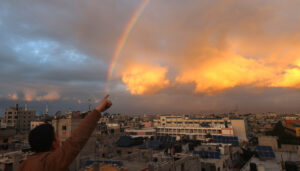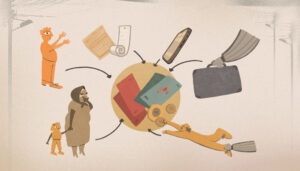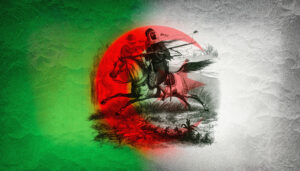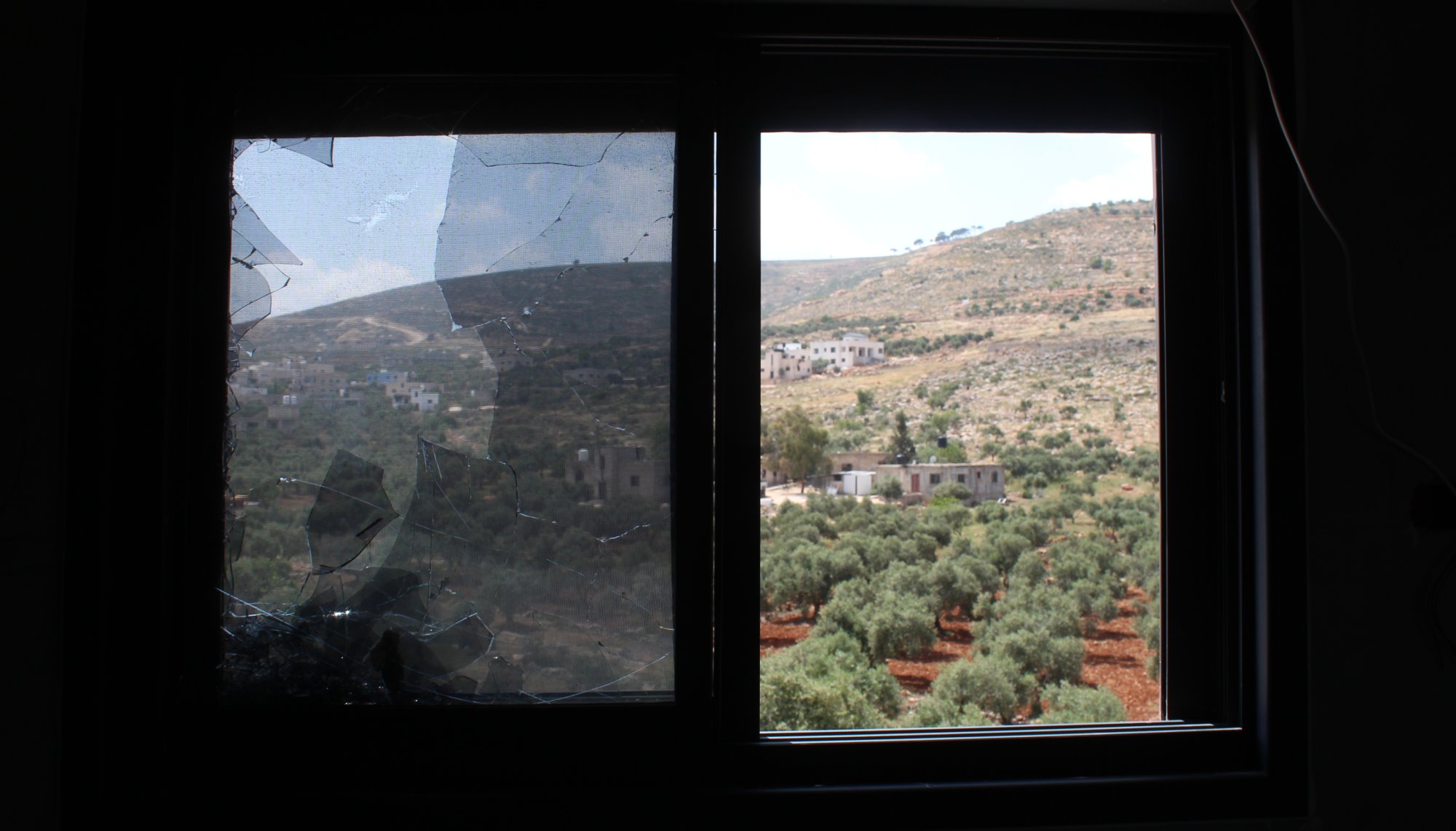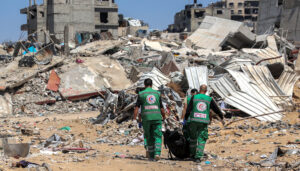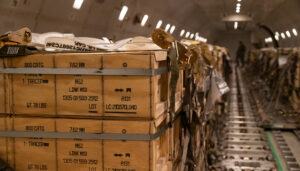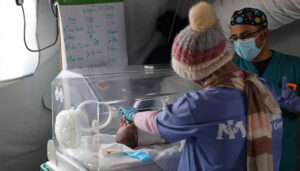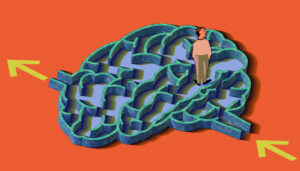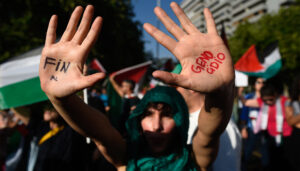Reviewed by Dr. Marwan Asmar
The latest offering by Saleem Ayoub Quna, Cultural Guide to Jabal Luweibdeh, is designed for locals, foreigners living in Jordan and international visitors aware of the diversity of this Amman neighborhood.
 The author, a long-term resident of Luweibdeh, describes the book as a necessary cultural guide, to highlight the richness of the Jabal that is right in the downtown yet has its special system, local economy and societal rhythm.
The author, a long-term resident of Luweibdeh, describes the book as a necessary cultural guide, to highlight the richness of the Jabal that is right in the downtown yet has its special system, local economy and societal rhythm.
Quna starts the guide with a specially-drawn map of Jabal Luweibdeh, highlighting its cultural centers, churches, mosques, public buildings, political parties, associations, embassies and much more. He says the Jabal is a mesh-mash of activity comprising a living society of schools, medical centers, a hospital, hotels, pharmacies, galleries, restaurants a well-known theater and a library frequented by the people of Luweibdeh, professionals, workers, artists and novelists who fall in love with the architecture of the place.
The cultural guide is divided into short anecdotal stories by different well Jordanian faces who lived and frequented the Jabal at one time or another and who came to love it for its serenity and experience. It also highlights international figures and personalities who came to visit the Jabal, which left an indelible mark on their memories.
Part of a series called “My Neighborhood”, the guide is designed to make people live in a better environment and appreciate ways of protecting it. For visitors, the guide has names and addresses of different organizations in Luweibdeh, which is useful for those who want to contact these places.
“Every important organization is stated in the guide, showing the richness of the Jabal,” says author Saleem Quna.
It is the cultural dynamism that is most enthralling about the book. Darat Al Funun, and the French Cultural Center take the front and back covers since together with the Amman Municipality, they are the main sponsors of the book.
The first two organizations each have a separate story, but the book is filled with names of research centers, interfaith centers, Islamic centers, Christian committees and many different clubs that include stamp collection, coin collection, photography and philosophy, as well as the Writer’s Association, the Artists Guild, and traditional handicrafts.
The guide is likely to be required reading for anyone interested in the cultural mix of the Jabal that also houses the National Gallery of Fine Arts as well as the recently refurbished park dividing its two sections.
There are lots of colored pictures in the Cultural Guide to Jabal Luweibdeh, making it a likely element of exploration. Images center on the people of the Jabal, those that are making this quite mini metropolis a place of quietness, but of vibrancy and enjoyment through its steadily growing cafes and restaurants.
Saleem Quna was particularly interested in showing the different people that inhabit the Jabal. He talked and interviewed different shop-keepers, community leaders, a photographer, even a number of the litter collectors who are important for maintaining his neighborhood clean and tidy.
Anyone reading the guide, which you can purchase through selected bookshops in Amman or directly by contacting the author at ([email protected]), will be enthralled by the wealth of information underpinned by the literary writing.
This is a first-time individual effort that is likely to start local production of travel books that hardly exist on the Amman scene.
